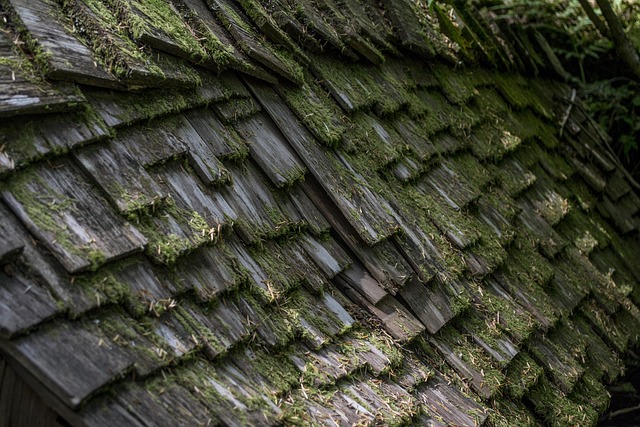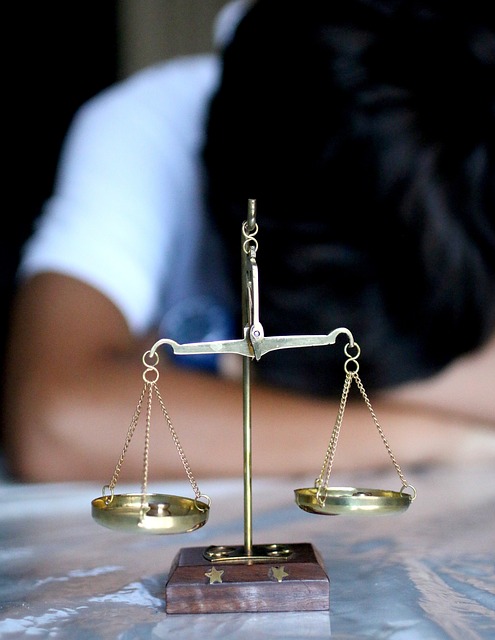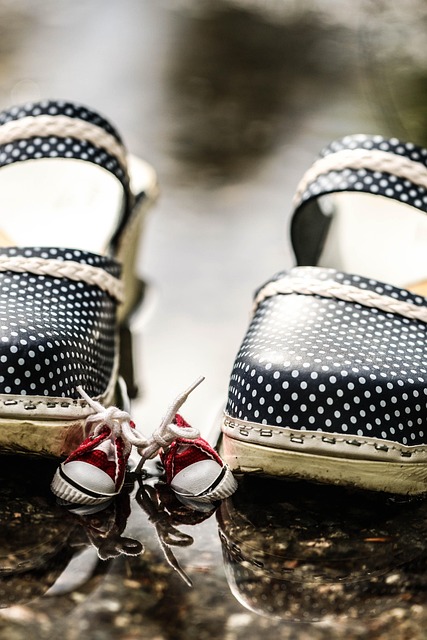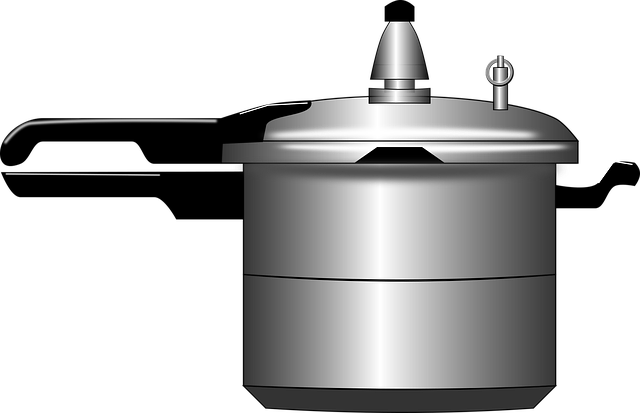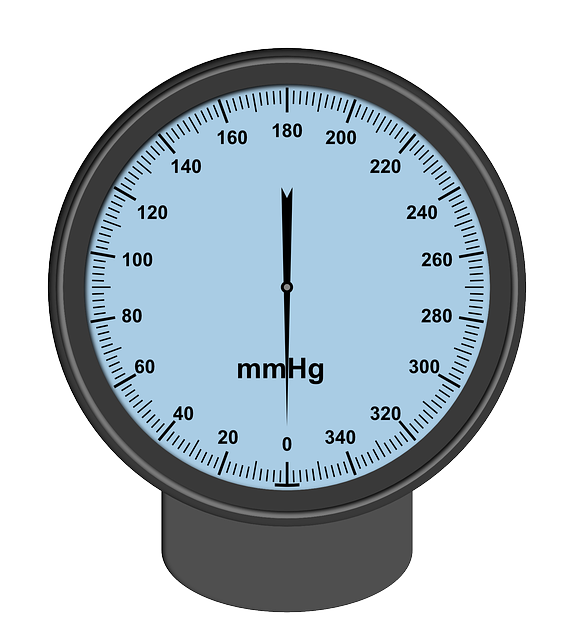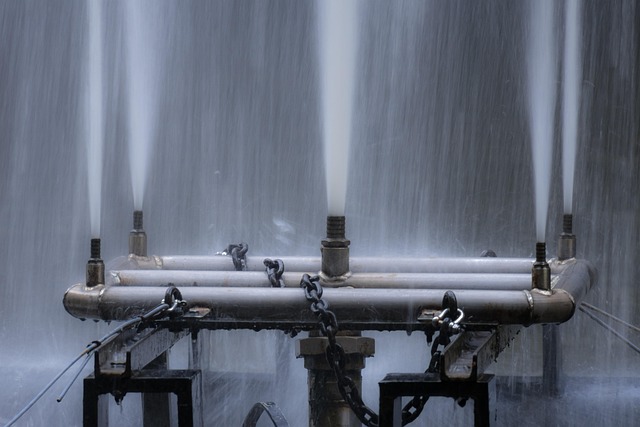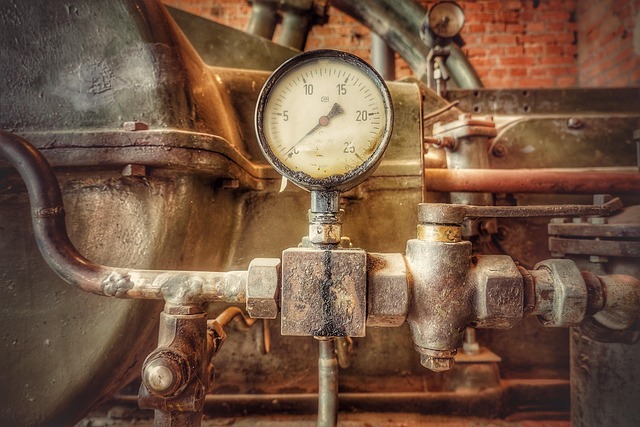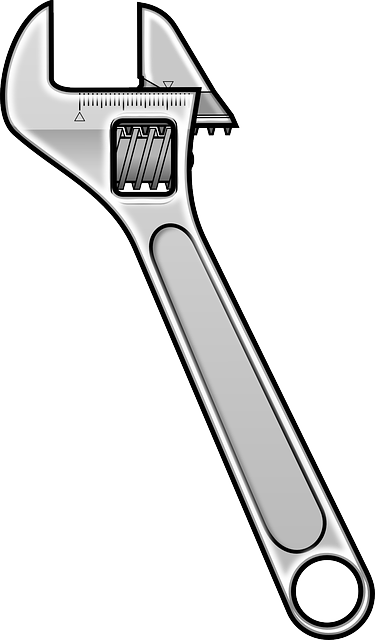Low water pressure at home is caused by common plumbing issues like leaks, mineral buildup, old pipes, and faulty valves. Start troubleshooting by isolating affected areas and checking for clogged filters, aerators, corroded pipes, or main water supply line problems. This guide offers practical steps including visual inspections, valve checks, cleaning aerators, maintaining water heaters, and verifying pressure regulators. If issues persist, consult a licensed plumber to diagnose and fix underlying plumbing issues, preventing further damage and restoring optimal water pressure.
Low water pressure in your home can disrupt daily routines and indicate underlying plumbing issues. This comprehensive guide explores the common causes, from faulty fixtures to worn-out pipes, and their potential effects on your plumbing system. Learn how to diagnose problems through visible signs and simple tests. We provide DIY troubleshooting tips and temporary fixes, but for complex cases, professional intervention is key. Discover preventive measures to maintain optimal water pressure and avoid costly plumbing issues.
- Understanding Low Water Pressure: Common Causes and Effects
- Diagnosing the Issue: Identifying Plumbing Problems
- Homeowner's Guide: Troubleshooting and Temporary Fixes
- Professional Intervention: When to Call a Plumber
- Preventive Measures: Maintenance Tips for Optimal Water Pressure
Understanding Low Water Pressure: Common Causes and Effects

Low water pressure is a common household issue that can significantly impact your daily routines. Understanding its causes is the first step towards finding effective solutions. Several factors contribute to this problem, often leading to reduced water flow in fixtures like faucets and showers. Plumbing issues such as leaks, mineral buildup, old pipes, or faulty valves can all cause low water pressure. These problems may go unnoticed until the effects become apparent.
The consequences of low water pressure include weakened water flow, which can make it harder to perform basic tasks like brushing your teeth or taking a shower. It might also result in longer waiting times for hot water and potential damage to plumbing systems over time. Identifying the root cause is crucial to addressing this issue effectively, ensuring optimal water pressure, and preventing further plumbing problems.
Diagnosing the Issue: Identifying Plumbing Problems

Low water pressure can be a frustrating issue, but diagnosing the exact cause is the first step to finding a solution. Start by checking your fixtures and appliances one by one. Is the problem isolated to a specific area or does it affect the entire home? This distinction can narrow down potential plumbing issues significantly. For instance, if only the shower head has low pressure, the problem might be a clogged shower filter or aerator, which are relatively easy fixes.
However, if multiple outlets experience reduced water pressure, it could indicate larger plumbing problems such as leaks, corroded pipes, or even issues with your main water supply line. Visual inspections can help identify visible signs of damage or leaks. If you suspect a leak, turn off the main shut-off valve to stop water flow and contact a professional plumber for further diagnosis and repair.
Homeowner's Guide: Troubleshooting and Temporary Fixes
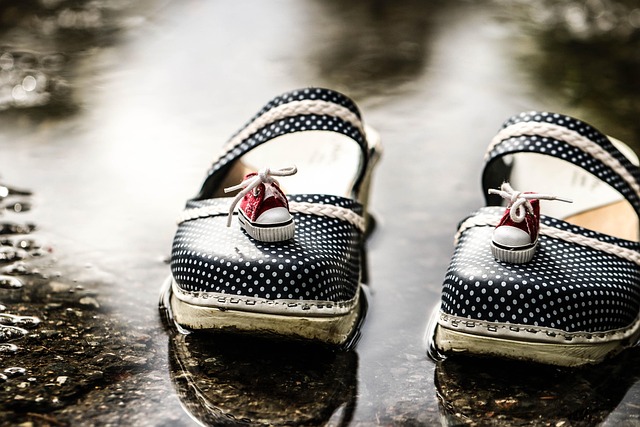
Homeowner’s Guide: Troubleshooting Low Water Pressure
Low water pressure can be frustrating and inconvenient, but there are several steps homeowners can take to identify and address the issue temporarily while awaiting professional assistance if needed. Start by checking all faucets and appliances for any leaks or blocked aerators. Even a small leak can significantly reduce water pressure throughout your home. Replace any faulty parts and ensure proper aeration to restore flow.
Next, verify that your main water valve is fully open. Sometimes, a stuck or partially closed valve can restrict the water supply. If you have a pressure regulator, check its settings and adjust as necessary. In some cases, mineral buildup in pipes or a clogged water softener/filter can cause low pressure. Regular maintenance and cleaning of these systems can help prevent such plumbing issues.
Professional Intervention: When to Call a Plumber
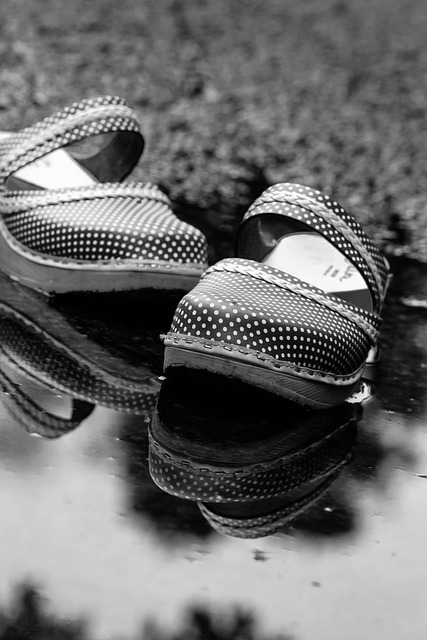
If your home’s water pressure has dropped significantly and nothing seems to fix it, it might be time to call in a professional. Plumbing issues can often be complex, especially when dealing with low water pressure, as it could stem from various sources such as faulty pipes, leaks, or even issues at the main water supply. A licensed plumber will have the tools and expertise to diagnose and address these problems effectively.
They can inspect your plumbing system, locate the source of the issue, and provide solutions tailored to your specific situation. This might involve repairing or replacing damaged pipes, sealing leaks, adjusting pressure regulators, or even connecting you to a different water supply if necessary. Prompt professional intervention can prevent further damage, ensure efficient water flow, and restore comfort to your home.
Preventive Measures: Maintenance Tips for Optimal Water Pressure
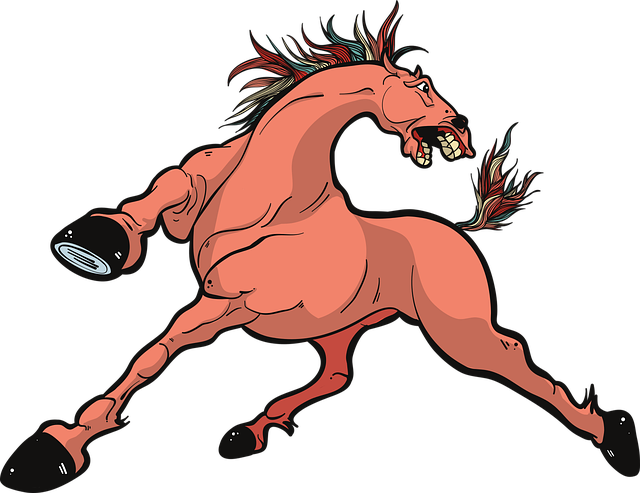
To prevent low water pressure and keep your home’s plumbing system in top shape, regular maintenance is key. Start by checking for leaks in pipes, fittings, and appliances. Even small drips can significantly reduce water pressure over time. Regularly inspect and clean aerators on faucets and showerheads to remove mineral buildup, which can restrict water flow.
Next, ensure your water heater is functioning optimally. Set the temperature between 120-140°F (49-60°C) for efficient heating and pressure maintenance. Periodically flush the hot water heater to remove sediment buildup, which can lower pressure. Additionally, check that your pressure regulator is operating correctly. Regular maintenance of this component ensures a steady flow of water throughout your home, preventing sudden drops in pressure due to external factors or aging infrastructure.


